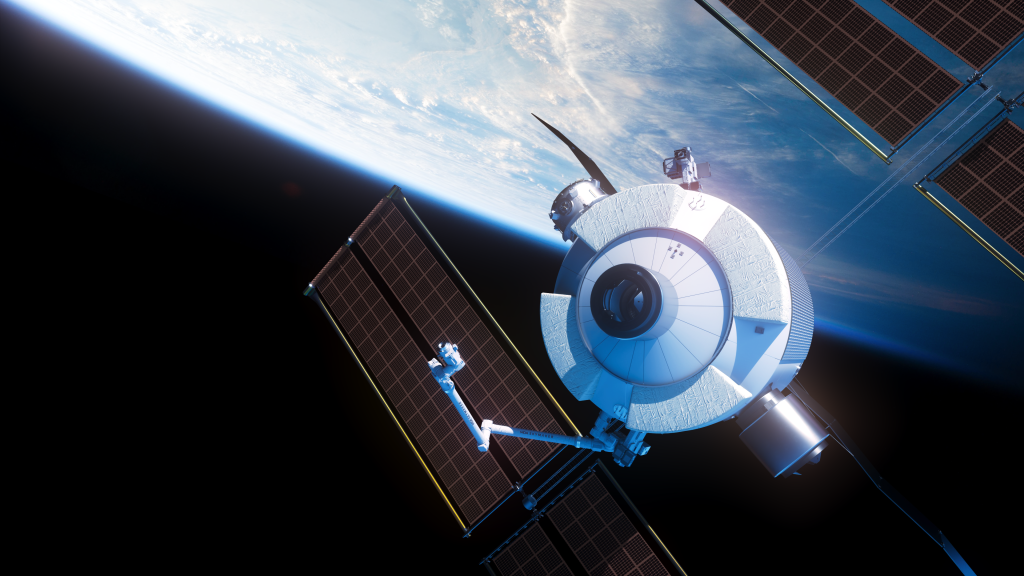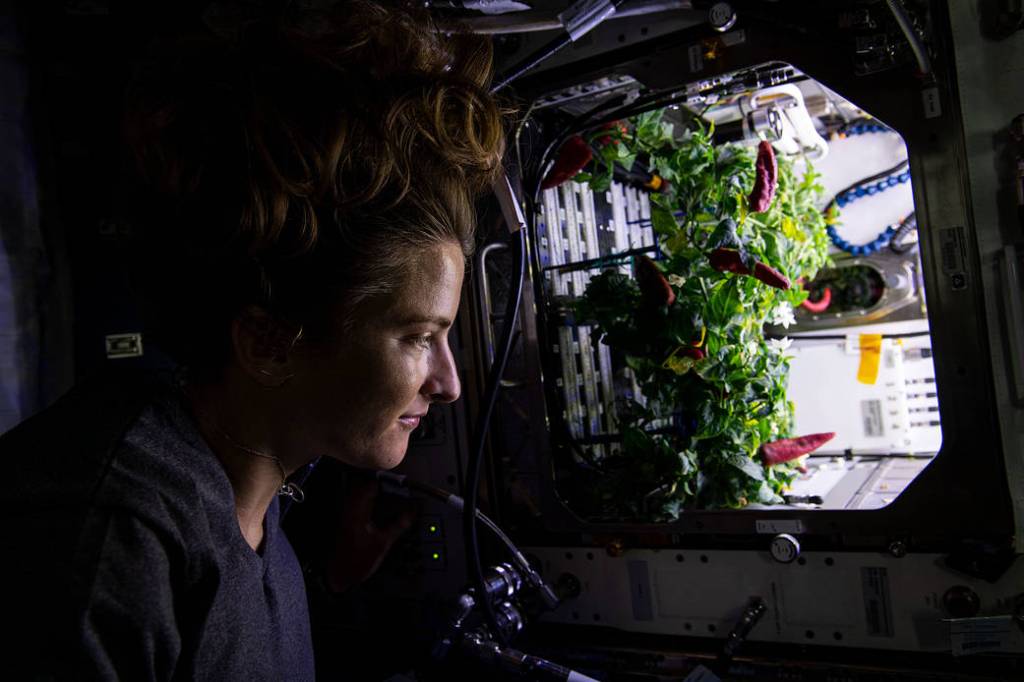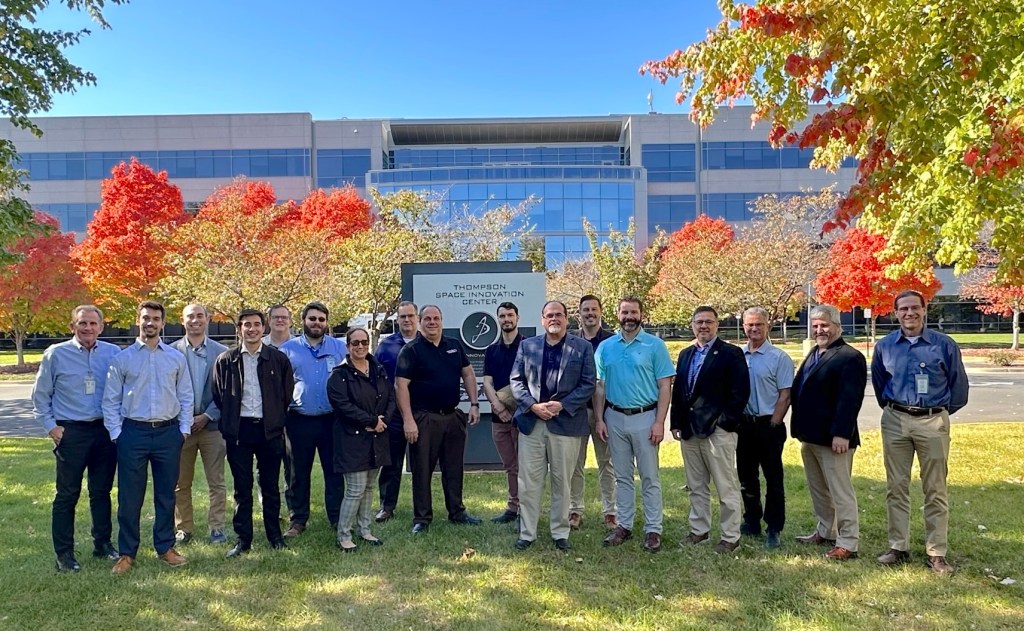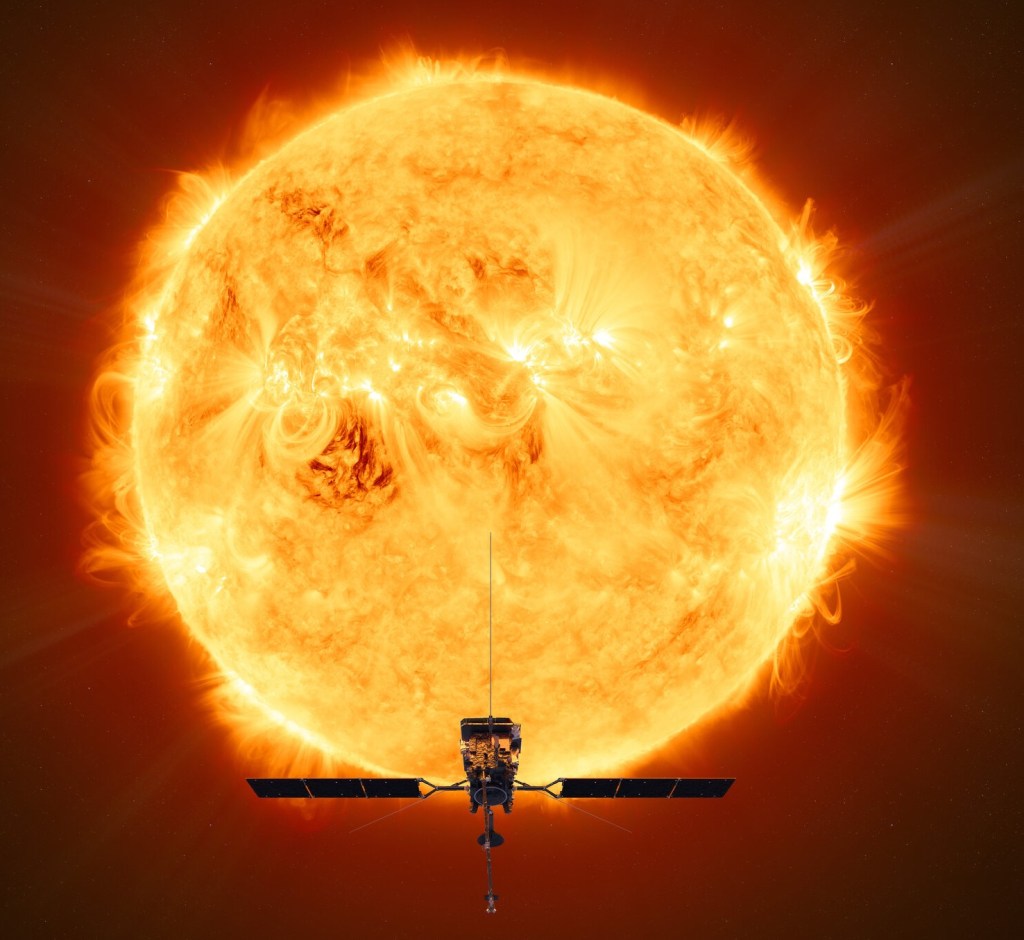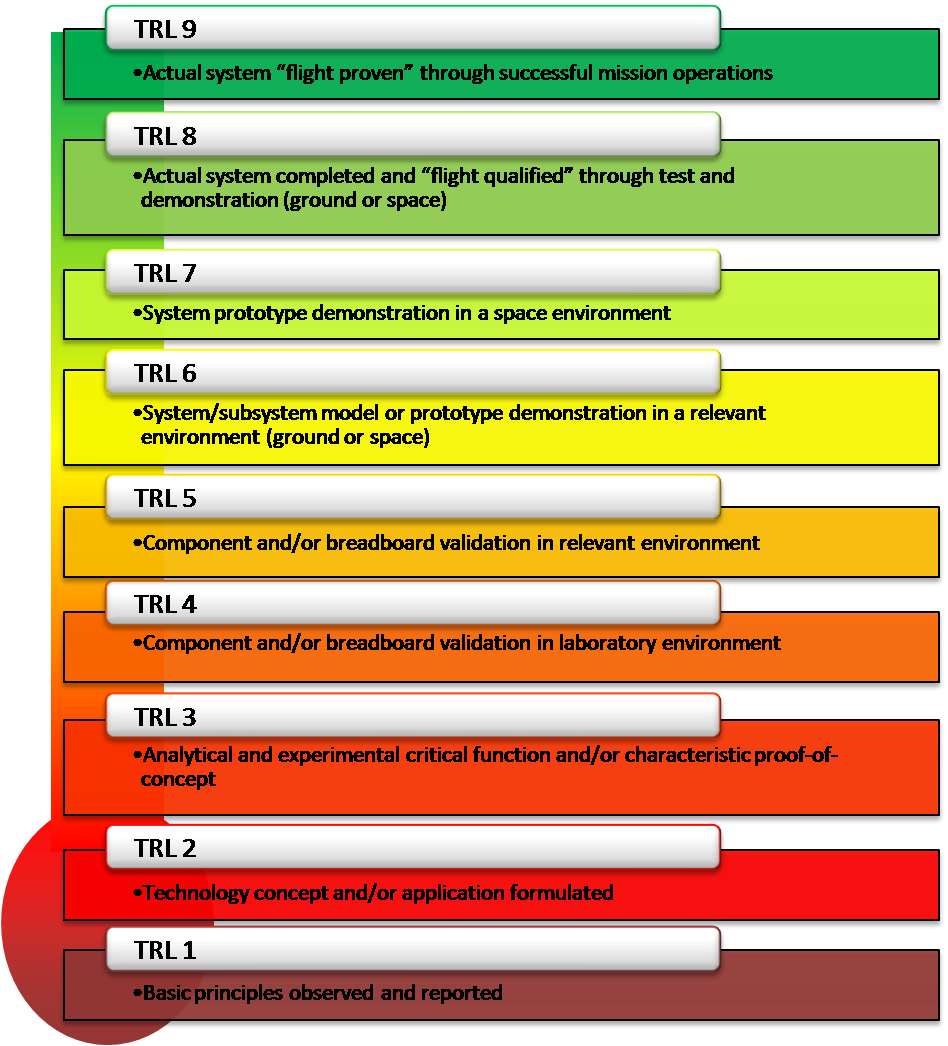Technology Readiness Levels (TRL) are a type of measurement system used to assess the maturity level of a particular technology. Each technology project is evaluated against the parameters for each technology level and is then assigned a TRL rating based on the projects progress. There are nine technology readiness levels. TRL 1 is the lowest and TRL 9 is the highest.
When a technology is at TRL 1, scientific research is beginning and those results are being translated into future research and development.
TRL 2 occurs once the basic principles have been studied and practical applications can be applied to those initial findings. TRL 2 technology is very speculative, as there is little to no experimental proof of concept for the technology.
When active research and design begin, a technology is elevated to TRL 3. Generally both analytical and laboratory studies are required at this level to see if a technology is viable and ready to proceed further through the development process. Often during TRL 3, a proof-of-concept model is constructed.
Once the proof-of-concept technology is ready, the technology advances to TRL 4. During TRL 4, multiple component pieces are tested with one another.
TRL 5 is a continuation of TRL 4, however, a technology that is at 5 is identified as a breadboard technology and must undergo more rigorous testing than technology that is only at TRL 4. Simulations should be run in environments that are as close to realistic as possible.
Once the testing of TRL 5 is complete, a technology may advance to TRL 6. A TRL 6 technology has a fully functional prototype or representational model.
TRL 7 technology requires that the working model or prototype be demonstrated in a space environment.
TRL 8 technology has been tested and “flight qualified” and it’s ready for implementation into an already existing technology or technology system.
Once a technology has been “flight proven” during a successful mission, it can be called TRL 9.


